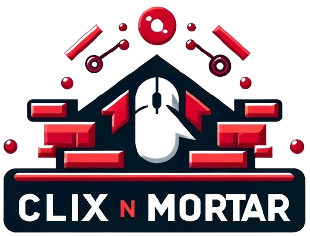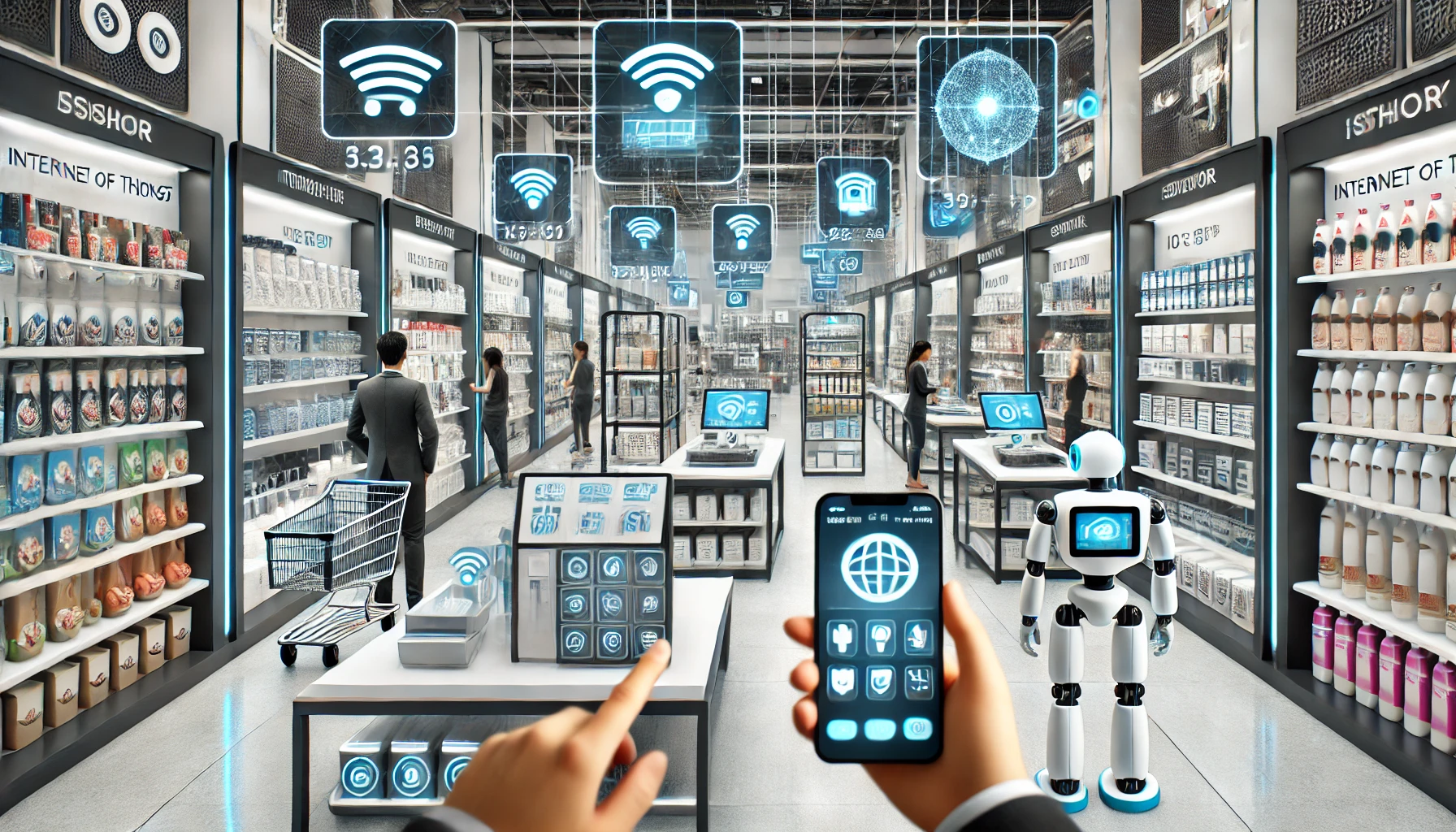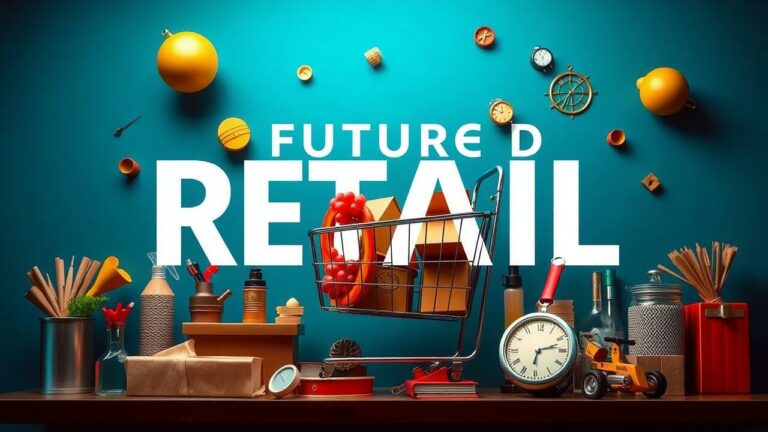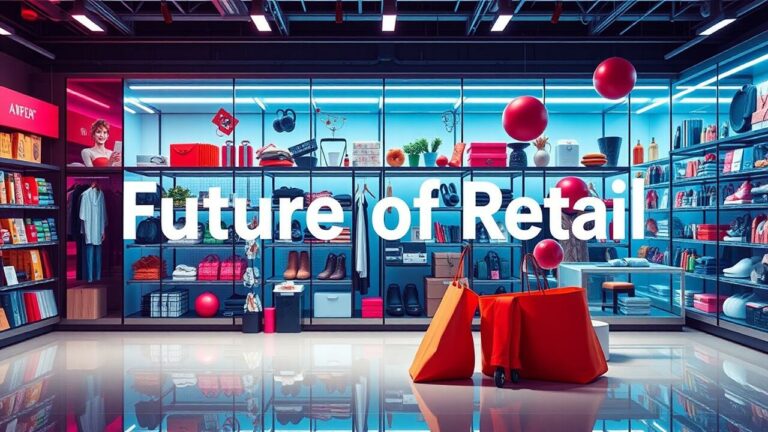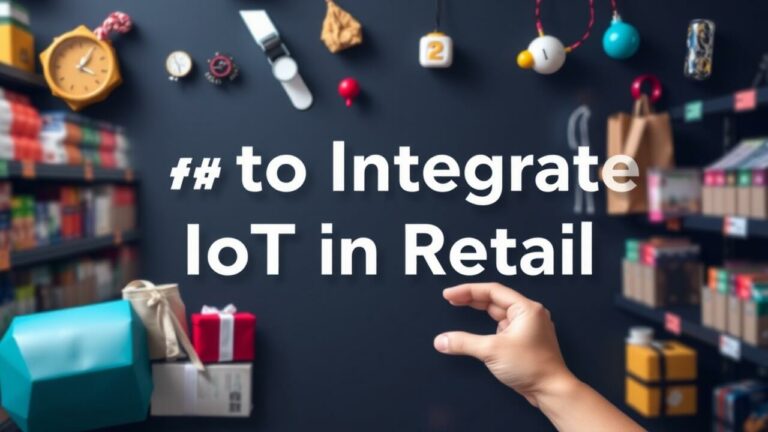Why Internet of Things is Essential for the Future of Retail
The retail industry is undergoing a significant transformation, and at the heart of this change is the Internet of Things (IoT). This innovative technology is reshaping how retailers operate, engage with customers, and manage inventory. But what exactly is IoT, and why is it so crucial for the future of retail? Let’s dive into the world of IoT and explore its impact on the retail landscape.
Understanding the Internet of Things (IoT)
IoT refers to a network of interconnected devices that communicate and exchange data with each other via the internet. These devices range from smart thermostats and lighting systems to advanced sensors and RFID tags. The primary goal of IoT is to create a seamless and automated environment where devices work together to enhance efficiency and improve user experiences.
The Role of IoT in Retail
IoT is revolutionizing the retail sector in numerous ways. Here are some of the key areas where IoT is making a substantial impact:
1. Inventory Management
One of the most significant challenges for retailers is managing inventory effectively. IoT devices, such as smart shelves and RFID tags, enable real-time inventory tracking. These technologies provide retailers with accurate data on stock levels, reducing the risk of overstocking or understocking. With IoT, retailers can optimize their supply chain, ensuring that products are available when and where they are needed.
2. Enhanced Customer Experience
Today’s consumers expect personalized and seamless shopping experiences. IoT helps retailers meet these expectations by collecting and analyzing customer data. For instance, smart beacons can send personalized offers to customers’ smartphones as they walk through the store. Additionally, IoT-powered self-checkout systems and smart mirrors enhance the shopping experience by making it more convenient and interactive.
3. Energy Management
Retail stores consume a significant amount of energy for lighting, heating, and cooling. IoT solutions, such as smart thermostats and lighting systems, help retailers monitor and manage their energy usage more efficiently. By optimizing energy consumption, retailers can reduce operational costs and contribute to sustainability efforts.
4. Security and Loss Prevention
Retail theft and loss prevention are ongoing concerns for retailers. IoT devices, such as smart cameras and sensors, provide enhanced security by monitoring store activities in real-time. These systems can detect suspicious behavior and alert security personnel, reducing the risk of theft and improving overall store security.
5. Supply Chain Optimization
IoT enables better visibility and control over the supply chain. Sensors and GPS trackers can monitor the location and condition of goods in transit, ensuring timely deliveries and reducing the risk of damage. With IoT, retailers can streamline their logistics operations, leading to more efficient and reliable supply chains.
The Future of Retail with IoT
Why is the Internet of Things essential for the future of retail? The answer lies in its ability to transform every aspect of the retail experience. By leveraging IoT, retailers can achieve unparalleled levels of efficiency, personalization, and security. IoT technology enables real-time data collection and analysis, allowing retailers to make informed decisions and respond to customer needs swiftly. As the retail industry continues to evolve, IoT will play a pivotal role in shaping the future of retail, making it more connected, intelligent, and customer-centric.
Examples and Tips for Implementing IoT in Retail
To help you understand how IoT can be effectively implemented in retail, here are some practical examples and tips:
- Smart Shelves: Implement smart shelves equipped with weight sensors to automatically track product availability and send alerts when restocking is needed.
- Customer Insights: Use IoT-enabled devices to gather data on customer behavior, such as the amount of time spent in different store sections. This information can help tailor marketing strategies and improve store layouts.
- Automated Checkouts: Invest in IoT-powered self-checkout systems to reduce wait times and enhance the shopping experience.
- Predictive Maintenance: Utilize IoT sensors to monitor the health of store equipment, such as refrigeration units and HVAC systems, to perform predictive maintenance and avoid costly breakdowns.
- Personalized Marketing: Deploy bright beacons to send customized offers and promotions to customers based on their in-store behavior and purchase history.
Conclusion
The Internet of Things is not just a technological advancement; it is a catalyst for the future of retail. By embracing IoT, retailers can unlock new levels of efficiency, enhance the customer experience, and stay ahead in an increasingly competitive market. The benefits of IoT in retail are vast, from real-time inventory management to personalized customer interactions and improved security measures. As we move forward, the integration of IoT in retail will become even more critical, paving the way for a more innovative and connected shopping experience.
The retail industry must adapt to these changes and invest in IoT technologies to thrive in the future. The key to success lies in understanding the potential of IoT and strategically implementing it to meet the evolving needs of customers. By doing so, retailers can create a seamless, efficient, and personalized shopping experience that will drive customer loyalty and business growth.
So, whether you are a small boutique or a large retail chain, now is the time to explore the power of IoT and its impact on the future of retail. Embrace this technological revolution and stay ahead of the curve in the ever-changing retail landscape.
